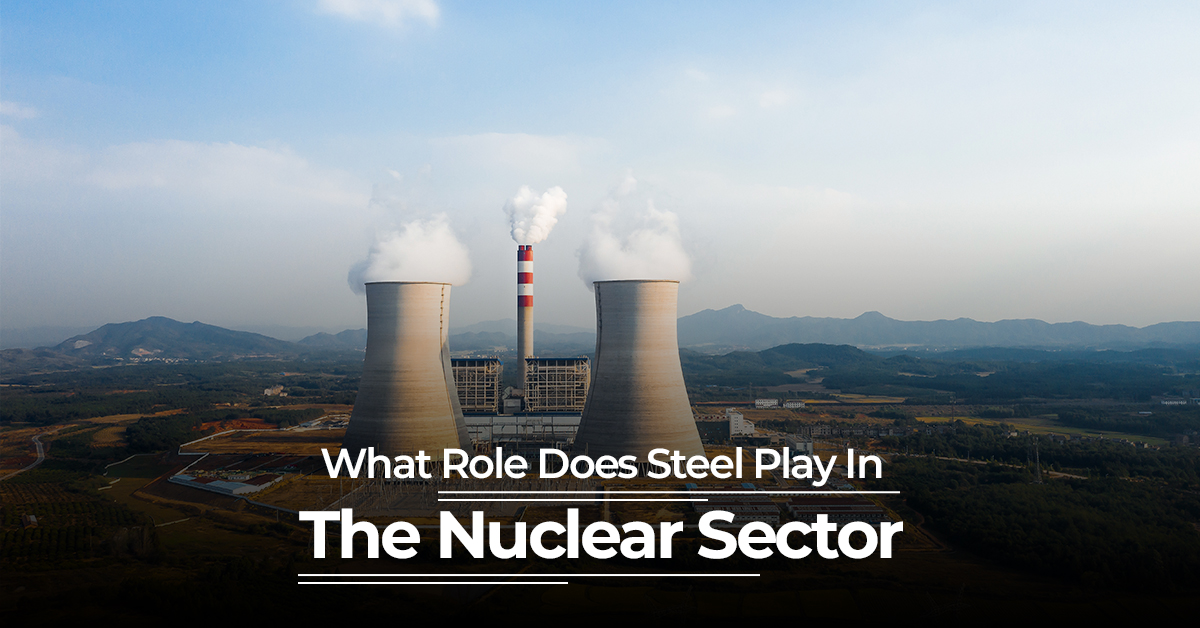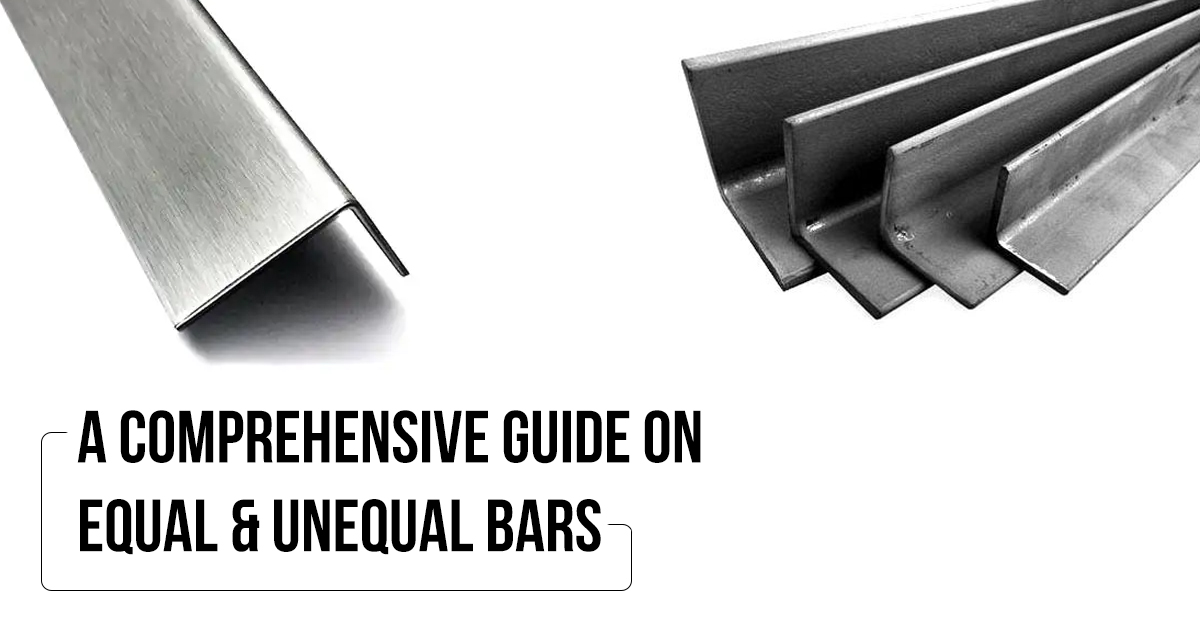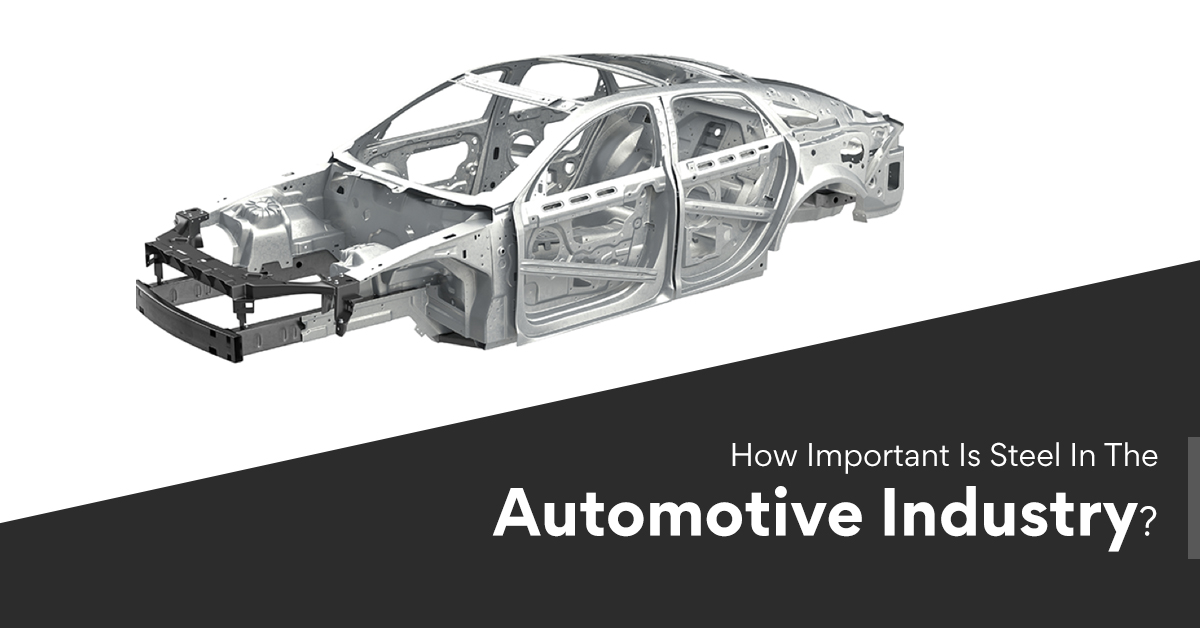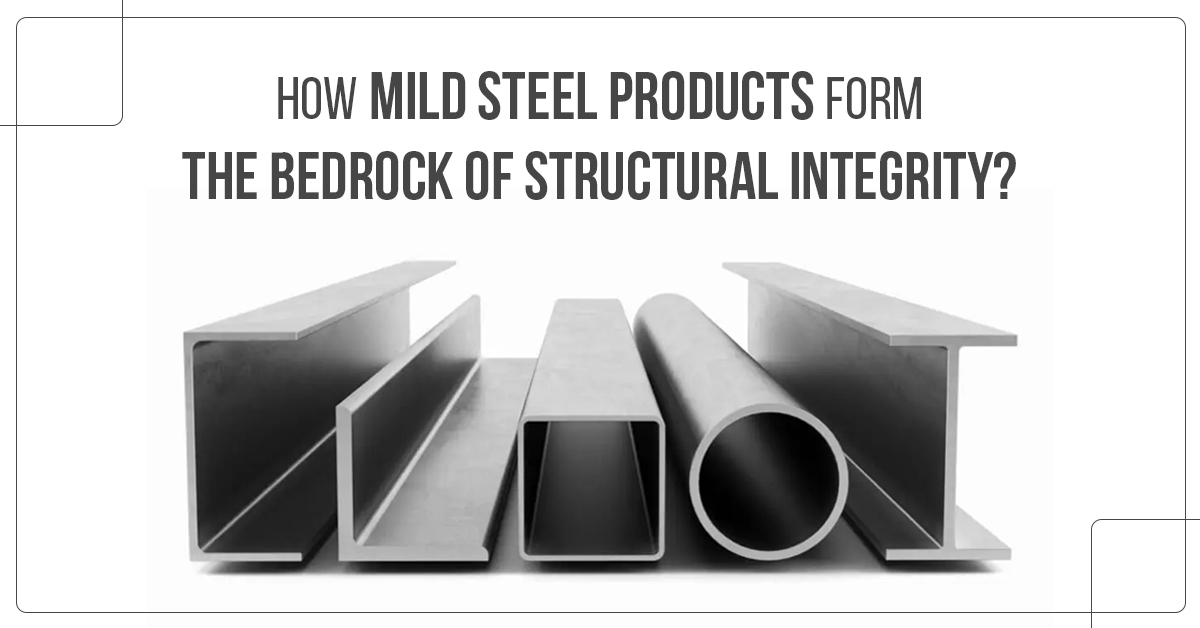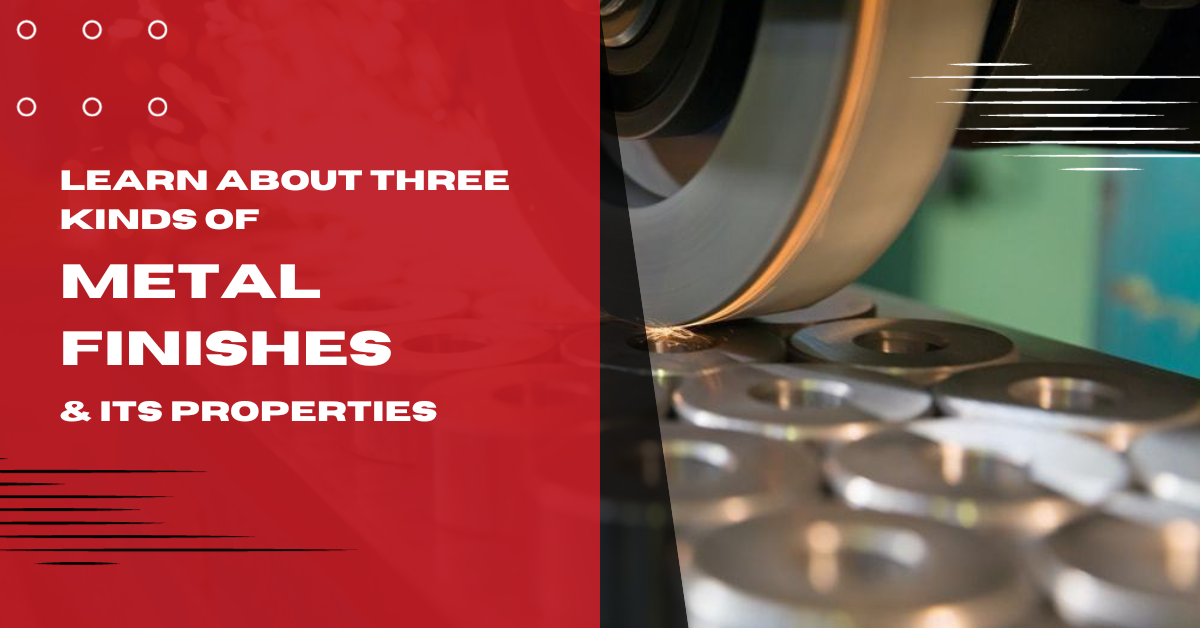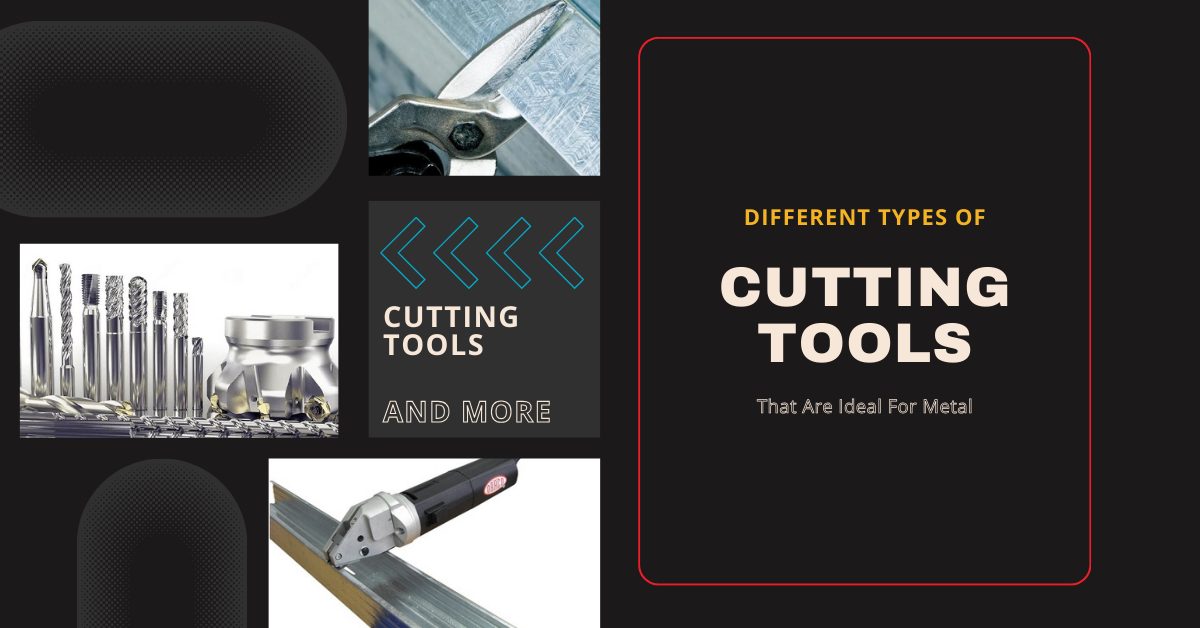Standard steel consists of innumerable properties, which makes it a very reliable product in various types of sectors. The nuclear sector itself is a field of chemical reactions that are processed under extremely challenging environments that require equipment that can endure such conditions. This is where steel plays its role; as already mentioned, steel’s innumerable properties make it an ideal material in different sectors, as Bharat Steel serves as one of the best steel suppliers in Chennai, providing prime quality steel in various sectors. Whereas, in the case of nuclear sectors, pipes are made of stainless steel that is capable of allowing steam at high pressure and high temperatures, resulting in pushing the actions of electricity-producing turbines possible.
Steel & Its Uses In The Nuclear Sector:
A standardized nuclear plant uses steel in a broad manner in order to work effectively. Moreover, steel can be present in every corner of a nuclear plant, big or small. For example, the pressure tubes in a nuclear power plant are very crucial components that act as a circulator of coolants around the reactor core and are essential for safe processing in the plant. Hence, they are mostly made of stainless steel for efficient heat bearing.
Containment Vessels:
Containment vessels are the most important aspect of a nuclear plant. It protects the reactor from external harm and also protects workers from being affected by the radiation. These are also usually made of stainless steel.
There are 2 types of steel that can be mainly seen in use in the nuclear sector: Austenitic and Ferritic steel. Austenitic steel is the highly chosen material by operators and engineers as it is comparatively more effective in high-temperature and corrosive environments. Austenitic steel can be obtained from any nearby Bharat steel dealers in Chennai.
The advantages of Austenitic & Ferritic steel are as follow:
- Strong corrosion resistant to oxidizing contents
- Comparatively easy to disinfect
- Best impact resistance, even in glacial temperatures
- Easily and readily available
- Easy to weld and cobble up
Specimens Of Steel In The Nuclear Sector:
Stainless steel is used in various aspects in a nuclear plant, for instance;
- Well developed steel pipes ensuring a safe passage for high temperature steam and liquids
- Shafts
- Tanks
- Containment vessels
- Fission depot
Therefore, it can be asserted that steel is ubiquitous in both nuclear plants and various industries due to its myriad properties. With its countless attributes, steel stands as a vital material across diverse sectors. At Bharat Steels, our emphasis lies in producing steel characterized by strength, consistency, and longevity in every product such as SAIL TMT bar, MS chequered plate, channels, pipes, and many more.

